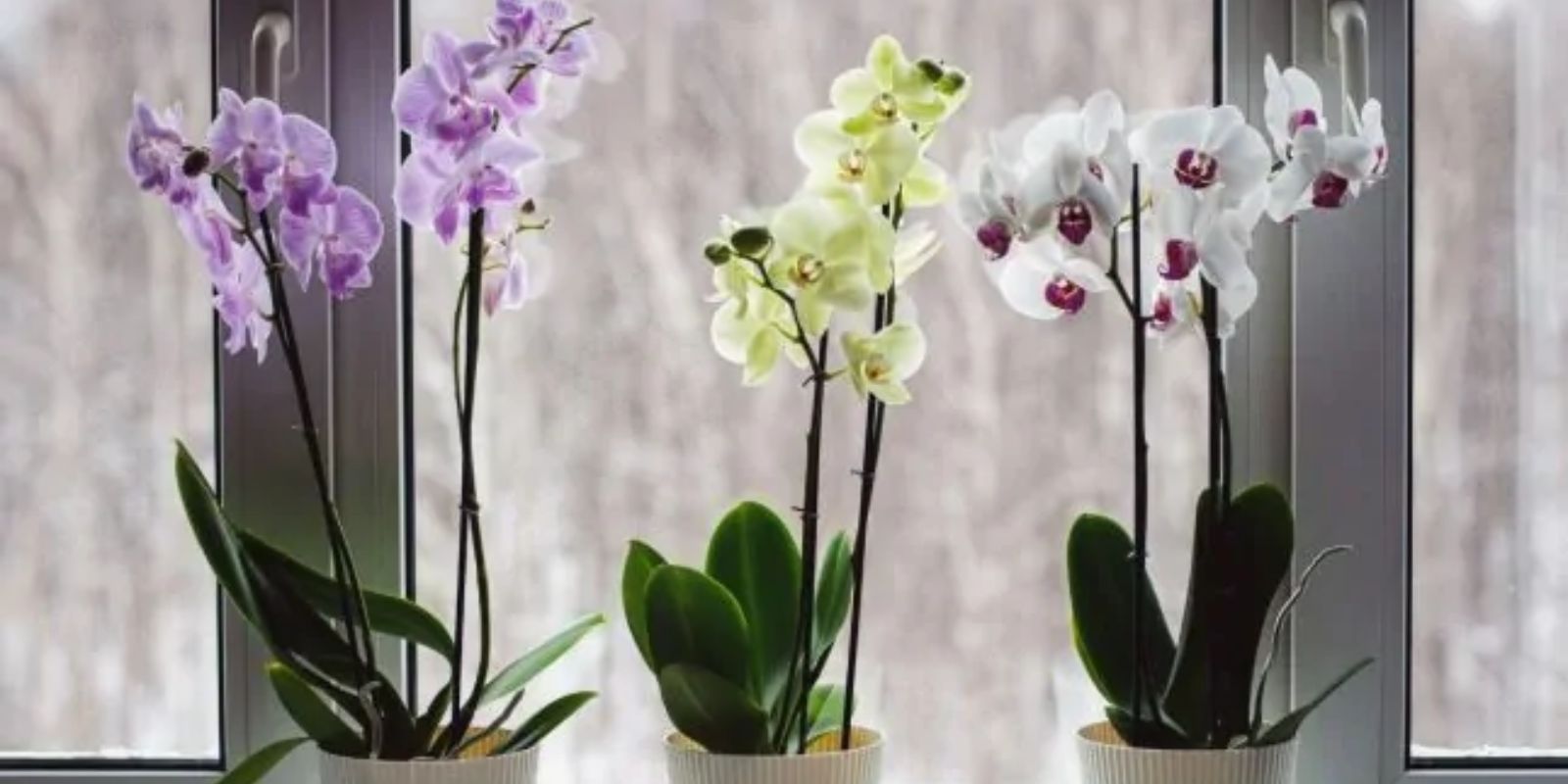Introduction
The Panda Face Orchid (Phalaenopsis) is a captivating and distinctively beautiful plant known for its remarkable blooms that resemble the face of a panda. With its striking appearance and relatively straightforward care requirements, this orchid is an excellent choice for both novice and experienced gardeners looking to add a touch of exotic elegance to their home. In this article, we’ll explore the essentials of growing and caring for the Panda Face Orchid, ensuring that it remains a standout feature in your indoor garden.
Understanding the Panda Face Orchid
Phalaenopsis orchids, commonly known as moth orchids, are one of the most popular and widely cultivated orchids due to their stunning flowers and ease of care. The Panda Face Orchid is a specific variety within this genus, recognized for its unique floral patterns that resemble a panda’s face. These orchids are native to Southeast Asia and are appreciated for their long-lasting blooms and diverse color variations.
Choosing the Right Location
1. Light Requirements
The Panda Face Orchid thrives in bright, indirect light. Direct sunlight can scorch the leaves and diminish the plant’s health, so it’s essential to place it in a location where it receives filtered light. A south or east-facing window with sheer curtains is ideal. If natural light is limited, consider using fluorescent grow lights to supplement the plant’s needs.
2. Temperature and Humidity
Phalaenopsis orchids prefer temperatures between 65-75°F (18-24°C) during the day and slightly cooler temperatures at night. They are sensitive to extreme temperature fluctuations, so it’s best to avoid placing them near drafty windows or heating vents.
High humidity is crucial for the health of the Panda Face Orchid. Aim for a humidity level of 50-70%. You can achieve this by misting the plant regularly or placing it on a humidity tray filled with water and pebbles. Grouping your orchids together can also help maintain humidity levels.
Watering and Feeding
1. Watering
Proper watering is vital for the health of the Panda Face Orchid. Overwatering can lead to root rot, while underwatering can cause dehydration and poor growth. Water the plant once a week, allowing the potting medium to dry out between waterings.
To determine when to water, stick your finger about an inch into the potting mix. If it feels dry, it’s time to water. Use room-temperature water and ensure that the pot has good drainage to prevent water from sitting at the bottom.
2. Fertilizing
Feeding your Panda Face Orchid with a balanced orchid fertilizer will promote healthy growth and abundant blooms. Apply a liquid fertilizer formulated for orchids every 2-4 weeks during the growing season (spring and summer). During the fall and winter, reduce feeding to once a month or halt it altogether if the plant is not actively growing.
Dilute the fertilizer to half the recommended strength to avoid over-fertilizing, which can damage the plant’s roots.
Repotting and Potting Medium
1. Repotting
Repotting is essential to refresh the potting medium and provide adequate space for root growth. The Panda Face Orchid should be repotted every 1-2 years, typically after the blooms have faded. Choose a pot that is 1-2 inches larger in diameter than the current one to accommodate growing roots.
2. Potting Medium
Phalaenopsis orchids require a well-draining potting mix to prevent root rot. Use a commercial orchid mix that contains bark, sphagnum moss, or perlite. You can also create your own mix by combining equal parts of bark, sphagnum moss, and perlite.
When repotting, gently remove the orchid from its old pot, trimming away any dead or rotting roots. Place the plant in the new pot, add fresh potting mix, and press it down lightly to secure the orchid. Water the plant thoroughly after repotting to help settle the mix.
Common Problems and Solutions
1. Yellowing Leaves
Yellow leaves can indicate overwatering, underwatering, or nutrient deficiencies. Check the plant’s watering routine and ensure the potting mix is not too wet. If the issue persists, consider adjusting your fertilizing schedule.
2. Root Rot
Root rot is often caused by poor drainage or overwatering. Ensure the pot has adequate drainage holes and that you are not overwatering. Remove any affected roots during repotting and use a fresh, well-draining potting mix.
3. Pest Infestations
Common pests that affect Phalaenopsis orchids include mealybugs, aphids, and scale. Inspect the plant regularly for signs of pests and treat infestations promptly with insecticidal soap or neem oil.
Enjoying Your Panda Face Orchid
1. Display and Presentation
The Panda Face Orchid is a stunning addition to any indoor space. Display it on a plant stand, in a decorative pot, or as part of a plant arrangement to showcase its unique beauty. Regularly clean the leaves with a damp cloth to remove dust and enhance the plant’s appearance.
2. Bloom Duration
Phalaenopsis orchids are known for their long-lasting blooms, which can remain in flower for several months. To encourage reblooming, provide consistent care and maintain optimal growing conditions. After the blooms fade, cut back the flower spike to just above the node to stimulate new growth.
Conclusion
The Panda Face Orchid (Phalaenopsis) is a remarkable plant that brings a touch of exotic charm to any indoor garden. By following the care guidelines outlined in this article, you can ensure that your orchid remains healthy and continues to produce its striking, panda-faced flowers. With proper light, humidity, watering, and feeding, your Panda Face Orchid will thrive and be a delightful centerpiece in your home for years to come.
Call to Action: Have you grown a Panda Face Orchid before? Share your experiences and any additional care tips you may have in the comments below. Let’s celebrate the beauty of orchids together! 🌸

